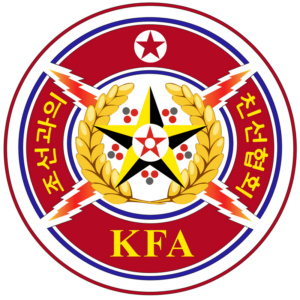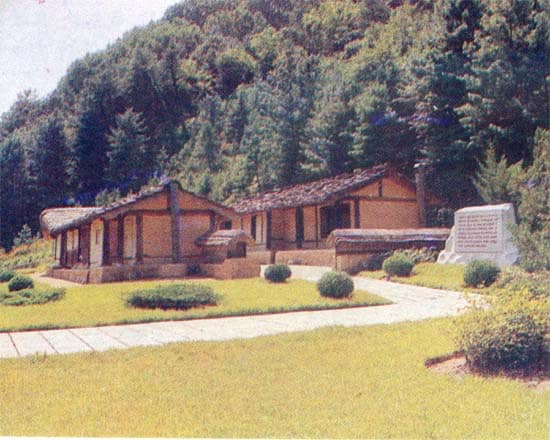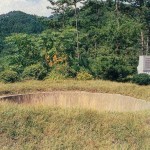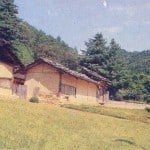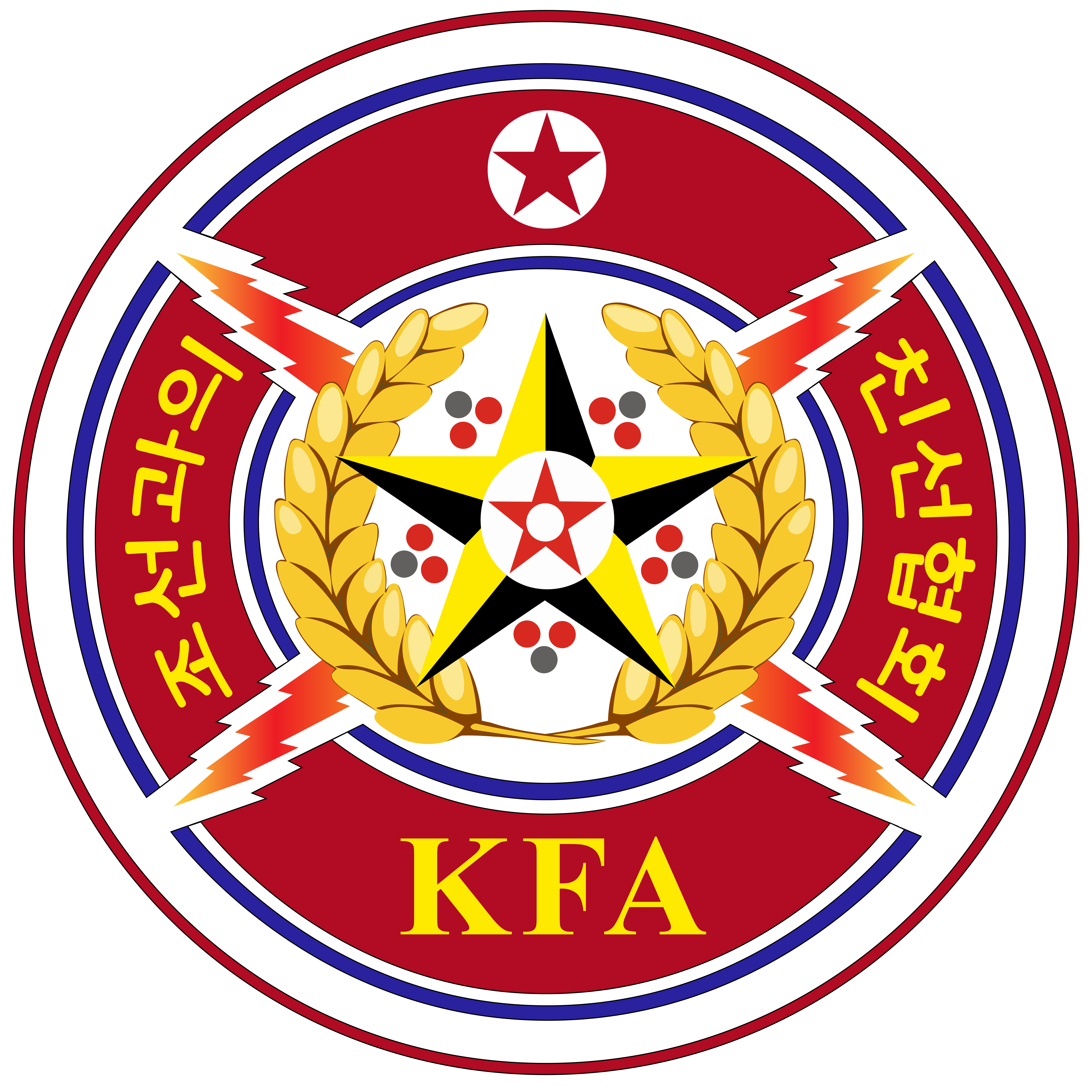News
Kosanjin Revolutionary Site Tells Immortal Exploits
In the northern border area of the Democratic People’s Republic of Korea there is the Kosanjin Revolutionary Site telling the immortal exploits of the great leader President Kim Il Sung for the victory in the war. It is associated with the immortal revolutionary feats of President Kim Il Sung who organized and led new counteroffensives to win the final victory during the great Fatherland Liberation War against the invasion of the US imperialists in the early 1950s. The Supreme Command of the Korean People’s Army was in Kosanjin between early November to mid-December Juche 39 or 1950.
Preserved in the Kosanjin Revolutionary Site are various revolutionary remains including a house where President Kim Il Sung lived, an anti-aircraft battery position where he instructed soldiers of the KPA to cooperate well in firepower and threshing site of a farmhouse where he helped farmers. In Juche 39 or 1950 the US imperialists, who had triggered off the Korean war, launched the adventurous “general offensives” mobilizing armies of their satellite countries, in order to reverse the war situation. The Korean army and people temporarily retreated for strategic purpose to frustrate the indiscreet scheme of the enemy and promote the final victory of the war.
Kim Hi Hyok, a war veteran who fought under President Kim Il Sung in Kosanjin, says:
“The great leader President Kim Il Sung planned to win the final victory of the war and organized and led new counteroffensives in Kosanjin. He worked day and night at that time. He was busy leading the front and the rear. He speculated and matured operational plans even in the dead of night. During his stay in Kosanjin, he met commanding officers from the front and people of various circles and convinced them of victory in the war.”
President Kim Il Sung stayed in Kosanjin for over 40 days. In those days he summed up 4 months of the war and set forth future tasks and many strategic policies including the policy of struggle at the enemy’s rear. He also energetically guided the work of the Party, the Cabinet and different fields. And he paid deep attention to the life of the soldiers and people. In late November when he was in Kosanjin, President Kim Il Sung put forward a strategic policy on going over to powerful counteroffensives on the whole front. The policy on encircling and annihilating the main units of the enemy in vast areas including the River Chongchon, the shore of Lake Jangjin, Chongjin and Hamhung through close cooperation with second front units at the enemy’s rear and rapidly expanding the successes southward was an excellent policy that opened a decisive turning point for the victory in the war.
The Korean People’s Army, true to the operational plan of President Kim Il Sung, liberated the regions temporarily occupied by the enemy and hastened its advance southward dealing a crushing blow at the enemy.
In order to tell the posterity forever about the exploits performed by President Kim Il Sung for the victory in the war, the Korean people built the Kosanjin Revolution Museum in Kosanjin and inaugurated it on September 9th, Juche 52 or 1963. There is also a monument to the revolutionary exploits of President Kim Il Sung in the Kosanjin Revolutionary Site. Today the Kosanjin Revolutionary Site draws many people of various circles of Korea.
